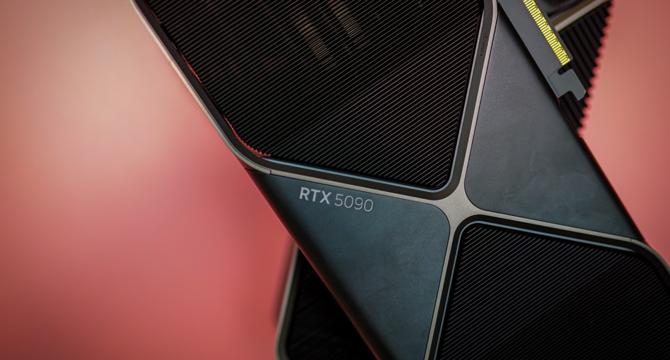Digitaltrends
6h
274

Image Credit: Digitaltrends
Nvidia’s DLSS 4 just came to your old GPU — here’s what you can use
- Nvidia's DLSS 4 has hit version 4.0, introducing multi frame generation, other neural rendering features, and better upscaling via a new real-time transformer architecture using the same kind of cognitive computing architecture as ChatGPT.
- Multi-Frame Generation is the landmark feature of DLSS 4 that can generate up to three additional frames based on a single rendered frame from the GPU, achieving phenomenal performance claims.
- DLSS multi-frame generation is an exclusive feature of the RTX 50-series for now, but some reports claim it may come to older graphics cards like the RTX 40-series and even RTX 30-series with optimizations.
- DLSS Super Resolution upscaling lets the game render at a lower resolution to save GPU power, and then AI up-scales the frames to appear higher resolution. It also works with every Nvidia RTX graphics card from the RTX 20-series right through to the latest RTX 50-series.
- The new transformer model enhances DLSS image quality dramatically, improving the effect of additional RTX technologies like Ray Reconstruction, making ray tracing more effective on finer objects with viewer visual artifacts and less noise.
- DLSS 4 had over 75 games supporting it on Day 1 of its RTX 5090 launch, with options to override the transformer model, as well as force quality settings like Ultra Performance and DLAA that aren't natively included in every DLSS game.
- If you can't take advantage of DLSS 4, you can still use FSR and XeSS in compatible games for some upscale-enhanced frame rates. Also, you can use the Lossless Scaling app on Steam to achieve frame generation in almost any game.
- However, multi-frame generation requires 60 fps even with DLSS upscaling, and may introduce some strange ghosting or motion-blur-like effect, with extra input latency.
- Nvidia's Reflex 2 technology does a good job of balancing out additional input latency, delivering great performance to RTX cards.
- DLSS 4's transformer model offers hope for continued DLSS image quality improvements, enjoyed by all Nvidia RTX card owners, regardless of their generation.
Read Full Article
16 Likes
For uninterrupted reading, download the app